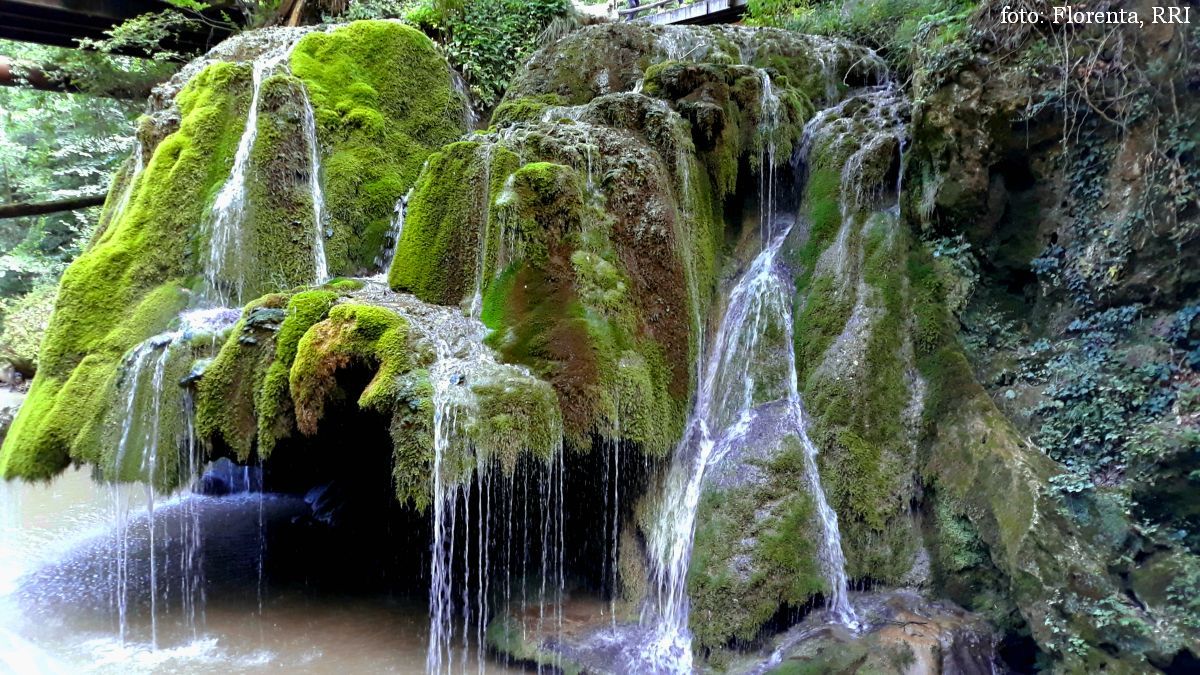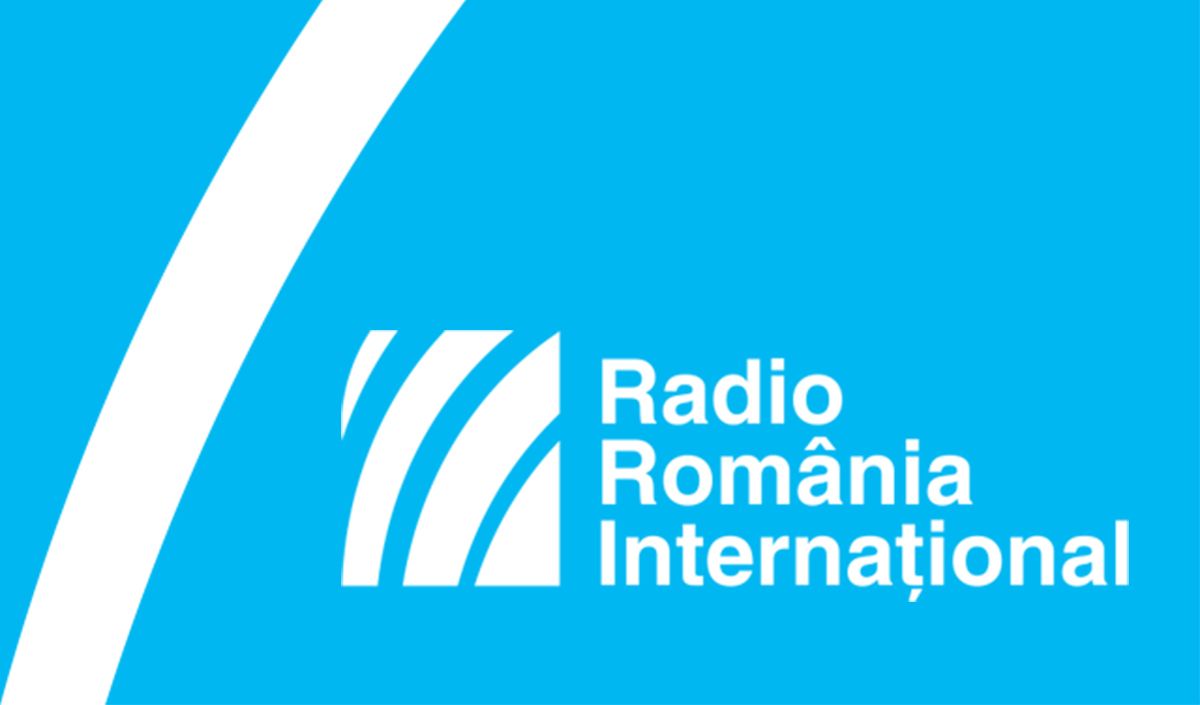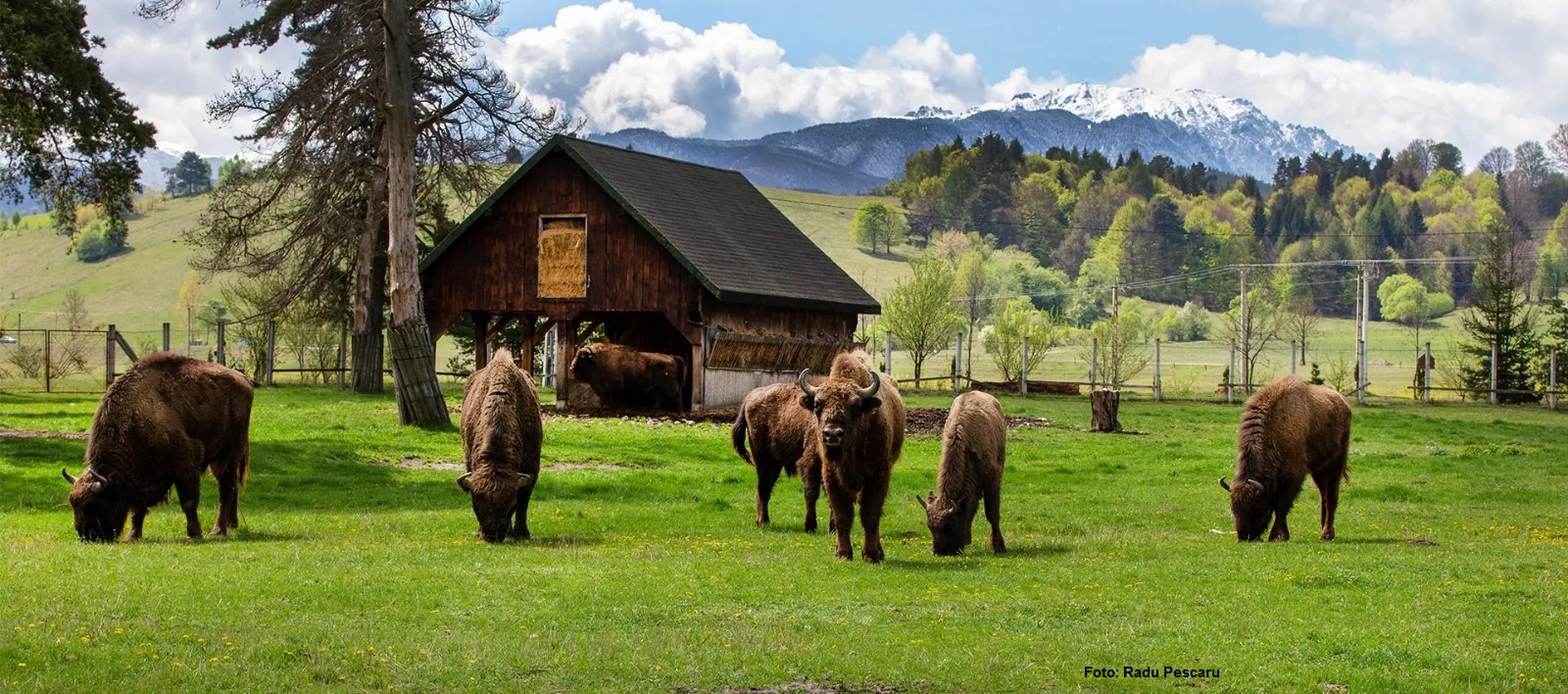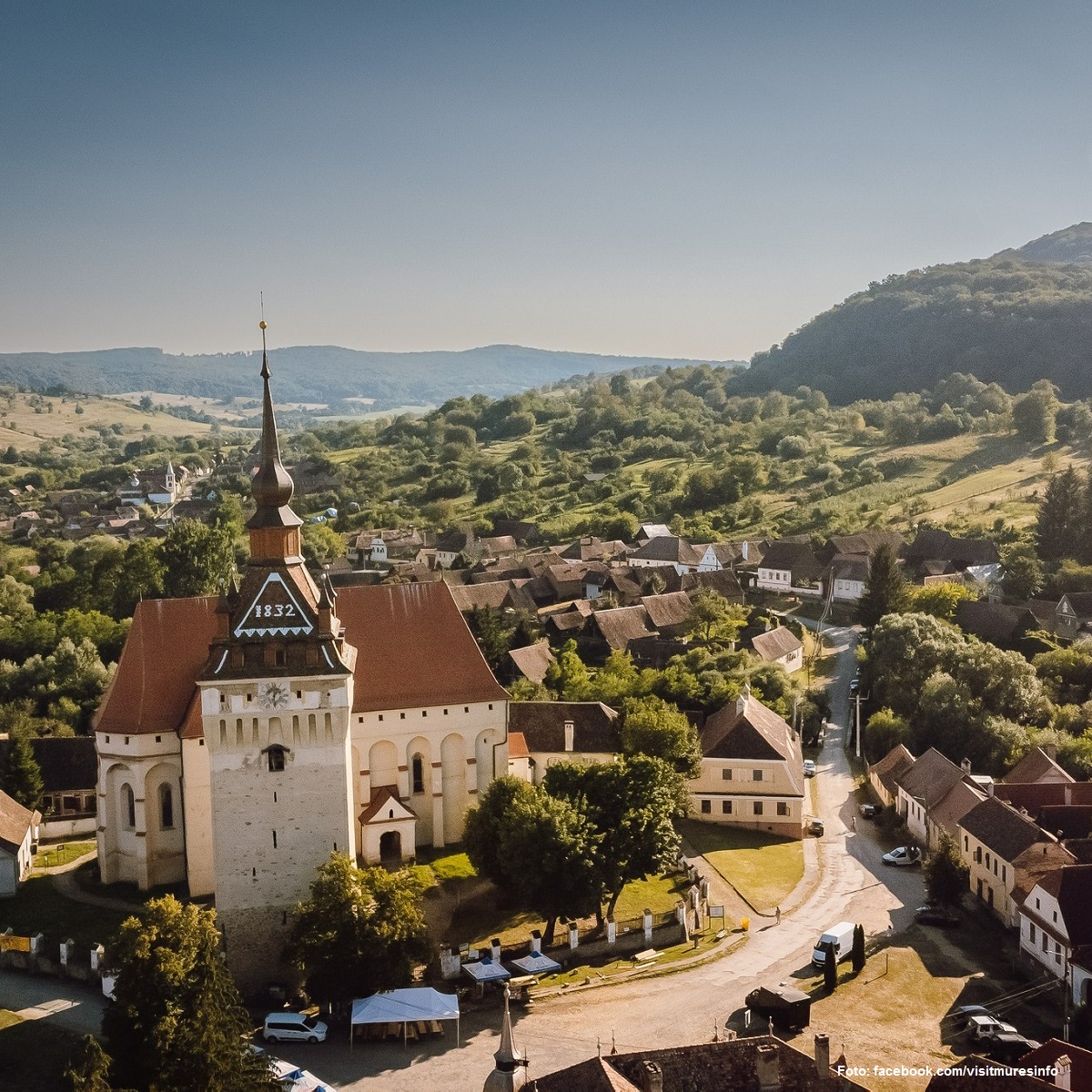Tourism in Bistrița-Năsăud
In northern Romania, in Bistrița-Năsăud county, nature and history intertwine, creating a fascinating story.
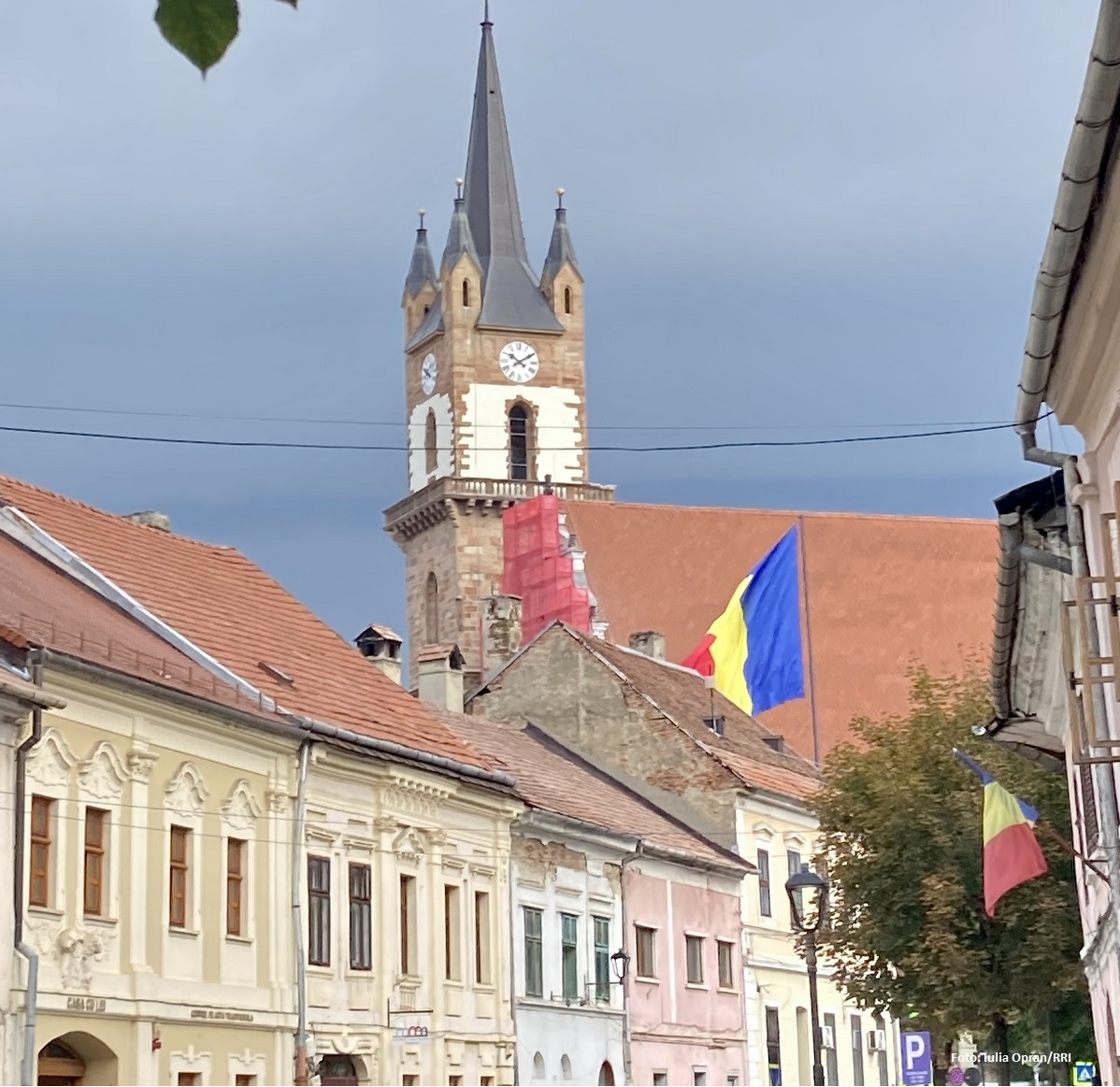
Daniel Onea, 09.04.2025, 14:00
In northern Romania, in Bistrița-Năsăud county, nature and history intertwine, creating a fascinating story.
On a walk through Bistrița, the county seat, we discover traces of a rich medieval history. But the true magic of the place begins beyond the city limits. At Colibița, nicknamed the “the sea at the mountain”, the fresh air and hiking trails delight all tourists. Then, towards the Tihuța Pass, the landscape becomes increasingly wild, and the places are reminiscent of the legend of Count Dracula.
Răzvan Cerceja, director of the Intercommunity Development Association “Tourism in Bistrița-Năsăud”, opens the Transylvanian Gate for us and invites us to begin our journey in the county seat, Bistrița: “I emphasize the name of the region as the Gate of Transylvania, because Transylvania is already a brand at least at a regional level, if not worldwide. The city of Bistrița is part of the seven fortified fortresses. It is the start of a unique experience in this area of Transylvania, being close to already established and highly promoted destinations: Maramureș and Bucovina. We refer to shorter routes from the city of Bistrița, which in turn holds a treasure in terms of local culture. The most emblematic monument is the Evangelical Church. It has the highest tower in Transylvania. It also has an element of uniqueness. It is the only tower equipped with an elevator. Therefore, we also expect tourists with a new installation that facilitates this visit and experience. We continue with the Șugălete ensemble. This is also unique from the cultural and historical perspective of the city of Bistrița. I would continue with a network of passages in Bistrița that has been rehabilitated from an urbanistic point of view. Bistrița is also called “the city of passages”. A whole history is made available to you just by visiting the respective passages. Each one has a name, but also represents a guild. Each passage represents a guild that once took care of that passage. We can continue the story of Bistrita with many cultural and historical elements of great value. In Bistrita, we have the Silversmith’s House, the Bistrita Museum Center.”
The Silversmith’s House is an important monument of the city of Bistrița. It was built in the 16th century in Gothic-Renaissance style, with an impressive facade decorated with glazed ceramic elements. Its distinctive turret makes it stand out in Petru Rareș Square. It is said that it belonged to a rich silversmith, although historically it was more the residence of an important patrician family. The name remained due to its beauty that recalls the wealth of the craftsmen. In fact, in Bistrița you will discover 54 architectural monuments, archaeological sites and sculptural monuments of national and international interest. And, from here, we can make routes to all the cardinal points of the county, each part of which can be a unique experience, says Răzvan Cerceja: „If we head east of the county, we will come across the chain of localities called Bârgaie, perhaps among the most promoted worldwide, thanks to the pass here, the Bârgăului Pass. This would be the place of the famous count who appears in Bram Stoker’s novel. But let’s not forget on the same route the Colibița resort, which is also part of the Bârgaie chain. If we head north, we encounter the Someș Valley and the Ilvelor Valley, both well-known. They border the Rodna Mountains National Park. To the east, we have the plateau part, the plain part where we have the wooden churches. At the same time, we are also present in the cultural-tourist route of the wooden churches in Romania with several objectives in that area. Then, to the south, we reach the vineyard area. Bistrița-Năsăud has once again come to the attention of tourists as a wine destination. Exploiting this theme, we have created a cultural-tourist route, “The story of the wine from the Lechința vineyard.”
Located at an altitude of 900 meters, the town of Colibița is the gateway to the Călimani Mountains. From 1923, Colibița operated as a spa resort until 1975. The stories of those who were cured of tuberculosis thanks to the curative properties of the air in the area were confirmed by a study commissioned by the Bistrița-Năsăud County Council. The natural resources, namely the quality of the air, natural waters, flora and fauna are exceptional. However, in addition to relaxation, the area also encourages sports activities. You can go hiking, horse riding, carriage or sleigh rides. Kayaking, rafting, paragliding, mountaineering, climbing and hunting are also practiced here. In Bistrița-Năsăud County, folk art still lives on through the skilled hands of local craftsmen. In the villages, women preserve the tradition of stitching on and folk shirts, with unique patterns inspired by nature and ancient symbols. For example, in the Năsăud area, the folk costume with fine embroidery and colorful belts is a true work of art. Then, the straw hats from Salva are famous throughout the country, being handmade with great care: “We are now working on a cultural-tourist route of folk craftsmen, through which we will gather almost everything that folk craftsmen in the county mean. Thus, we will present them and promote them. We have quite important examples, starting with Virginia Linul and Vasile Serețan. They are the ones who process and carry forward the craft of traditional Romanian clothes. We are present online, we can be found on bnpoartatransilvaniei.ro or Visit Bistrita-Nasaud on the main social media sites. There we publish all the events that are in Bistrita-Năsăud. I also want to extend an invitation to all those who come to the Transylvania area and I invite them with great pleasure not to forget to be active. Tourists can take their sports equipment. If running enthusiasts come to us, they should definitely take their equipment with them, because we have a significant number of sports competitions, especially mountain running. At the same time, we also have events biking in nature. Cycling in the Transylvanian Gate is a relatively new product and helps us discover Bistrița-Năsăud County in another way, namely by bike. I would also like to mention the long-distance hikes, such as Via Transilvanica. All of these offer tourists an unforgettable experience.”
For a complete experience, do not miss the 21 local gastronomic points. The farmers in the mountain area are famous for their cottage cheese, urda and mountain telemeua. These products are essential in the local cuisine and are also consumed with red onions and homemade bread. You must also try the “poale-n brâu” pie, hencleș or lychee with sour cream and plum dumplings, desserts that preserve the authentic taste of old times.

